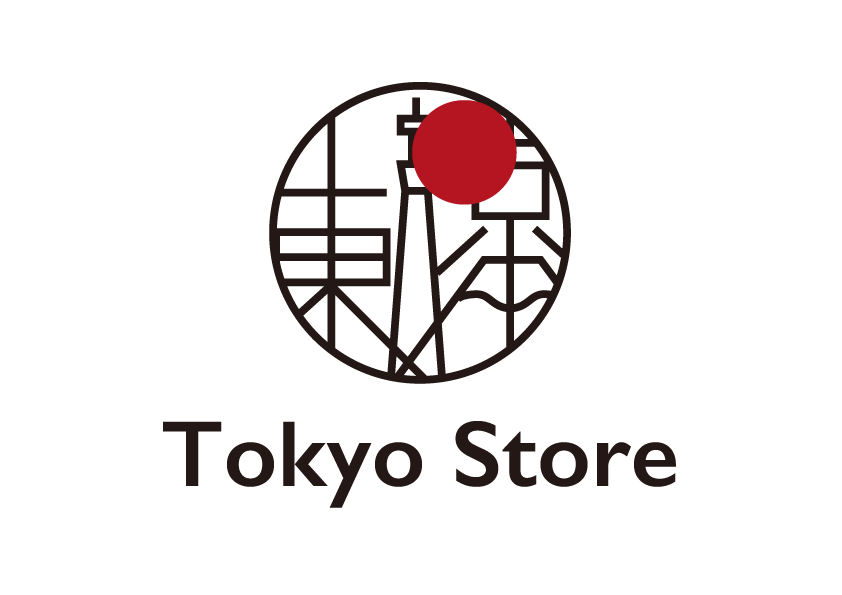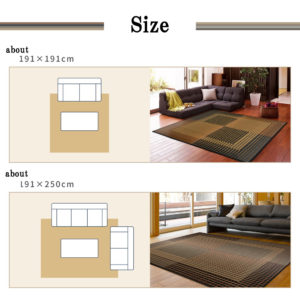What is the history of Edo Kiriko?
When and how did Edo Kiriko start?
Edo Kiriko is said to have started in about 1834 (Tenpo 5) in the latter half of the Edo period, when Kyubei Kagaya of Edo Daidenmacho devised a method of engraving on the surface of glass using Kongo sand.
The glass itself seems to have existed in Japan during the Yayoi period, and ornaments such as magatama have been found in the ruins.
However, it is believed that the products of this era were not made in Japan, but were brought from overseas. After that, it was made in Japan about 2000 years ago, but it gradually declined.
It was at the beginning of the 18th century that glass was widely made again.
Mirrors, glasses, hairpins, wind chimes, etc. were the main items, but tableware was gradually made.
In the old days, it was called "Ruri" or "Hari", but since the Edo period, it has been called "Giyaman" or "Bidoro", and after that, it is generally called "Glass". became.
In Edo Iroha Karuta, there is a saying, "If you illuminate both lapis lazuli and karuta, it will shine."
It means "what is really good is that it shines beautifully even when mixed with many others", but you can see how the glass fascinated people's hearts!
As more glass was made, Edo Kiriko became popular among the common people and became very popular.
Today, there are also Edo Kiriko craftsmen who make accessories such as interiors and necklaces in addition to tableware.
Author Profile
Latest entries
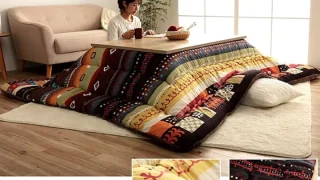 Kotatsu Futon comforter2024年7月1日New Arrival Kotatsu Futon Comforter
Kotatsu Futon comforter2024年7月1日New Arrival Kotatsu Futon Comforter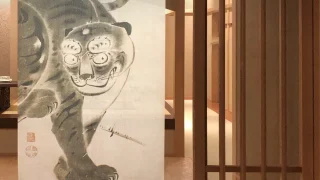 Noren Tapestry2024年6月13日Noren Tapestry Features Masterpieces by Japanese Genius Ito Jakuchu
Noren Tapestry2024年6月13日Noren Tapestry Features Masterpieces by Japanese Genius Ito Jakuchu Tatami mat2024年6月6日New Arrival Tatami Igusa yoga mat Tatami mat
Tatami mat2024年6月6日New Arrival Tatami Igusa yoga mat Tatami mat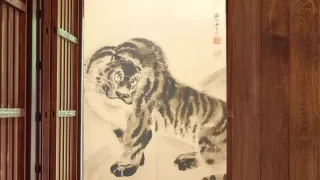 Noren Tapestry2024年5月31日Incorporating the works of Maruyama Okyo into Noren tapestries
Noren Tapestry2024年5月31日Incorporating the works of Maruyama Okyo into Noren tapestries
